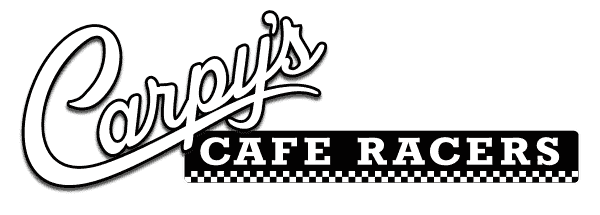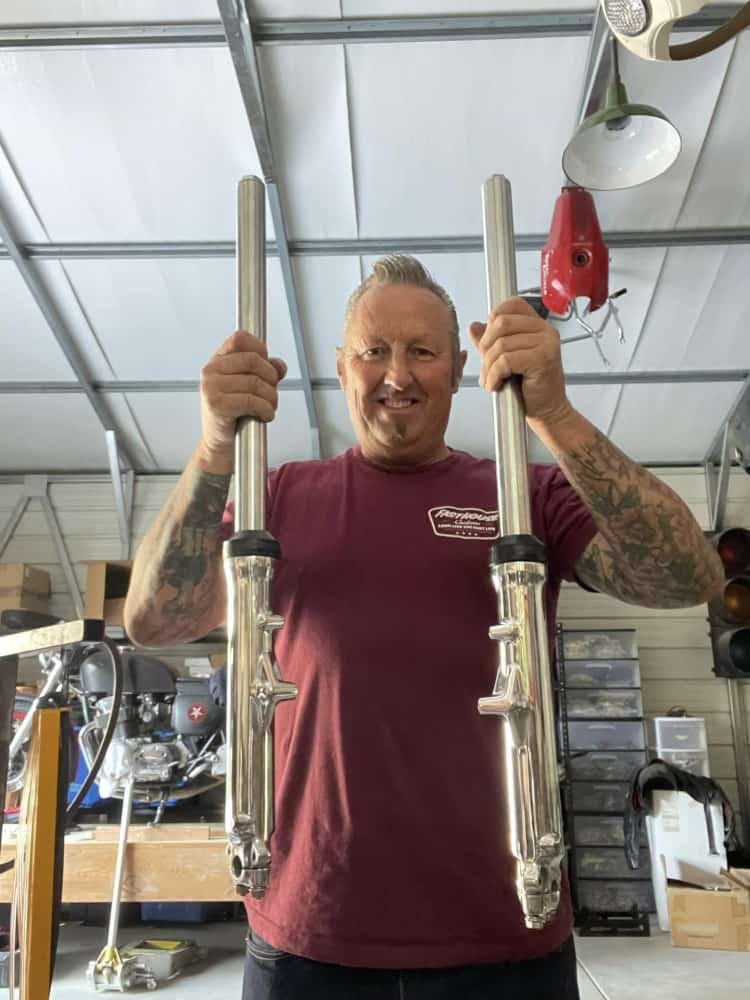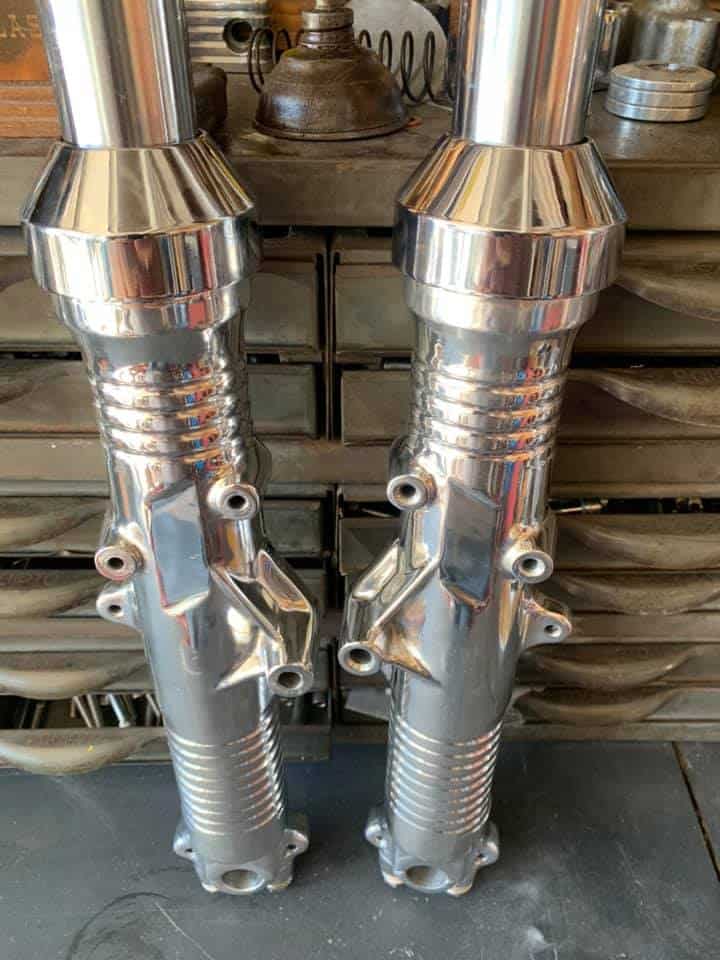For many years I have rebuilt my own forks, and the transformation is so abundant, I wanted to share what I do in the Barn with you lot and maybe you can have a go at resurrecting your own set? These tired front forks came off a 1974 CB750 K and Customer wanted Rebuilt and […]
Tag Archives: Fork rebuild
Many people have sent me their forks over the years to rebuild, polish or just hop up a bit as they get tired after 40 years of taking punishment from all road surfaces over time. As the photo shows above, this is the old set that I am going to be working with, I strip […]


